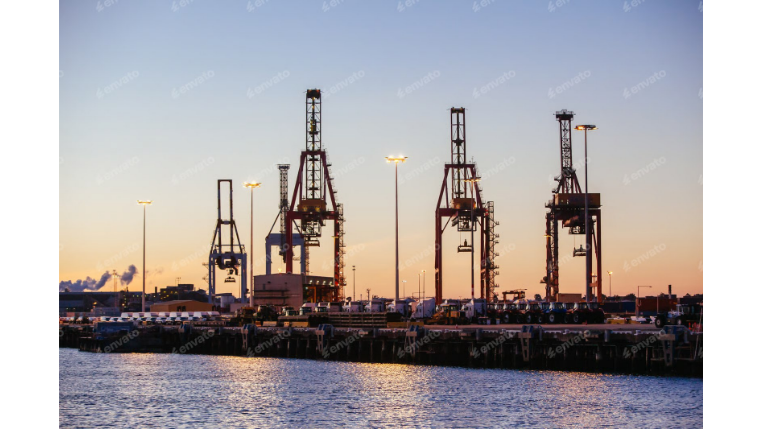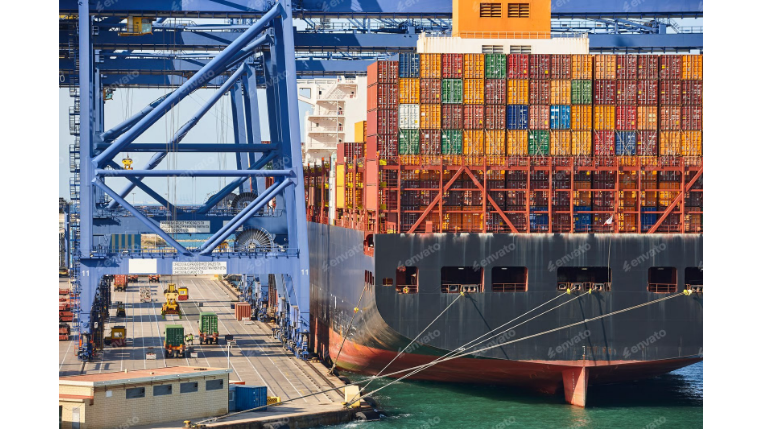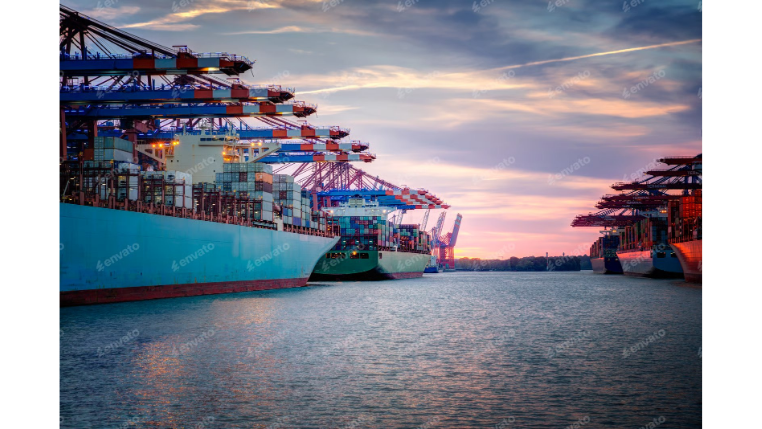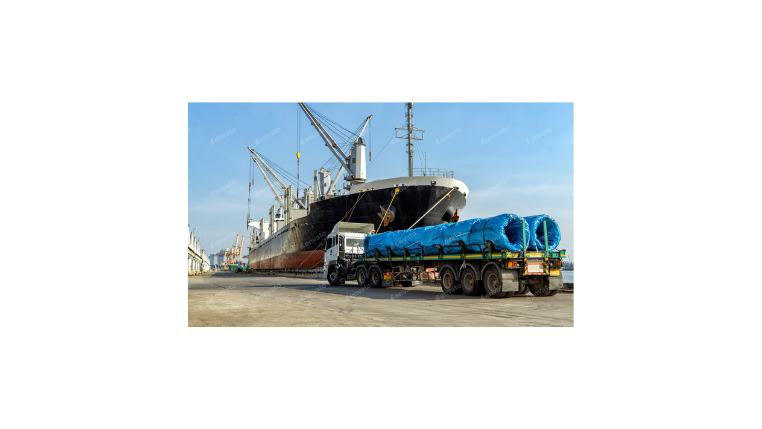FOB (Free On Board) Shipping: A Complete Guide for Importers
In the complex world of international trade, clarity is king. The Incoterms® rules provide this clarity, and among them, FOB (Free On Board) stands as one of the most common and historically significant terms. It defines a clear and practical point of transfer for risk and cost, empowering buyers and providing a transparent framework for sea freight transactions.For any business importing goods, especially from major manufacturing hubs like China, a thorough understanding of FOB is essential for managing costs, controlling logistics, and mitigating risk.
What is FOB (Free On Board)?
FOB (Free On Board) is an Incoterm used exclusively for sea and inland waterway transport. Under this rule, the seller’s responsibility for the goods ends once they are loaded "on board" the vessel nominated by the buyer at the named port of origin. This is the critical point where both the risk of loss or damage and the responsibility for future costs transfer from the seller to the buyer.
The Clear Divide: Seller vs. Buyer Obligations under FOB
FOB creates a clean break in responsibility at the ship's rail.
The Seller is responsible for:
- Production and Export Packaging: Ensuring the goods are ready for international transit.
- Pre-carriage: Transporting the goods from their factory to the designated port of shipment.
- Export Customs Clearance: Managing and paying for all documentation, licenses, and duties required to export the goods from their country.
- Origin Port Charges: Covering all terminal handling charges and costs associated with loading the cargo onto the vessel chosen by the buyer.
The Buyer is responsible for:
- Main Ocean Freight: Nominating the carrier/vessel and paying for the entire ocean freight from the port of origin to the port of destination.
- Cargo Insurance: Arranging and paying for insurance to cover the goods during the main sea voyage.
- Destination Port Charges: Paying for terminal handling charges to unload the vessel.
- Import Customs Clearance: Managing and paying for all import duties, taxes, and customs formalities in the destination country.
- On-carriage: Arranging and paying for the final delivery from the destination port to their warehouse.
The Advantages and Drawbacks of Using FOB
FOB is particularly popular among importers because it offers a significant degree of control.
Advantages (Primarily for the Buyer):
- Full Control over Freight: The buyer chooses the freight forwarder and shipping line. This allows them to shop the market for the best rates and service levels, rather than being tied to the seller's choice.
- Cost Transparency: The buyer receives a separate, clear quote for the main freight, providing transparency and preventing sellers from padding shipping costs into the product price.
- Better Shipment Visibility: Working with a trusted, home-country-based freight forwarder often leads to better communication, easier tracking, and more proactive problem-solving.
Drawbacks:
- Increased Responsibility: With control comes responsibility. The buyer is responsible for the entire international transit, so if any issues arise at sea, it is their responsibility (and their insurer's) to manage them.
- Requires More Logistics Knowledge: The buyer must have the expertise, or a reliable freight forwarder, to manage the complexities of booking and overseeing international freight.
FOB Pricing Trends from China (October 2025 Outlook)
When a Chinese supplier quotes a "FOB Shanghai price," they are quoting the cost of the product plus all the local Chinese charges required to get it loaded onto a vessel in Shanghai. The buyer is then responsible for the ocean freight cost from Shanghai onwards.
As of Q4 2025, the market reflects a new post-pandemic equilibrium, though volatility remains a key feature.
- Market Context: Following the supply chain normalization of 2023-2024, the ocean freight market has stabilized but remains highly sensitive to geopolitical tensions, shifts in consumer demand, and carrier capacity management (e.g., blank sailings).
- FOB Local Charges: Costs within China for trucking, handling, and export clearance have seen moderate inflation but are generally stable.
- Ocean Freight Trends (The Buyer's Cost):
- To US Coasts: Rates from China to the U.S. West Coast remain competitive but are experiencing a seasonal Q4 uptick as businesses prepare for the 2026 Lunar New Year. The price gap between the West and East Coasts has narrowed due to improved all-water services.
- To Europe: Rates to major hubs like Rotterdam and Hamburg are heavily influenced by the EU's Emissions Trading System (ETS), with carriers passing on carbon surcharges. Economic sentiment in Europe is also a key factor in demand and rate levels.
Key takeaway: Buyers using FOB terms must work closely with their freight forwarders to get real-time freight quotes, as the market can shift on a weekly basis.
When Should You Use FOB?
FOB is the ideal Incoterm for buyers who want to actively manage their supply chain and control their logistics costs. It is the most common and recommended term for importers who have a trusted freight forwarder in their own country, as it gives them the power to make the most critical decisions about how their cargo is moved.
Conclusion
In conclusion, FOB remains a cornerstone of global trade because it provides a clear, balanced distribution of responsibilities. It empowers buyers with control over the most significant cost component of their shipment — the main freight. To successfully manage this responsibility, a modern importer needs a strong logistics partner and the right technology. A digital platform like Modaltrans gives importers the tools to effectively manage their chosen freight forwarders, compare real-time rates, track shipments, and centralize documentation, perfectly complementing the control and visibility that the FOB Incoterm provides.










